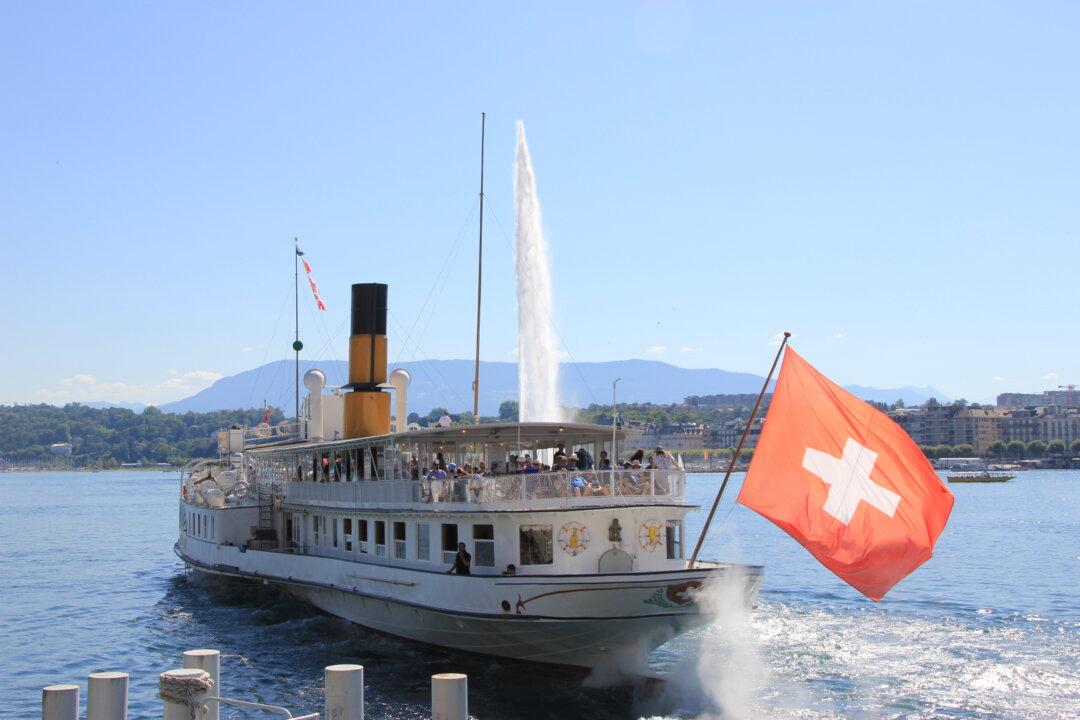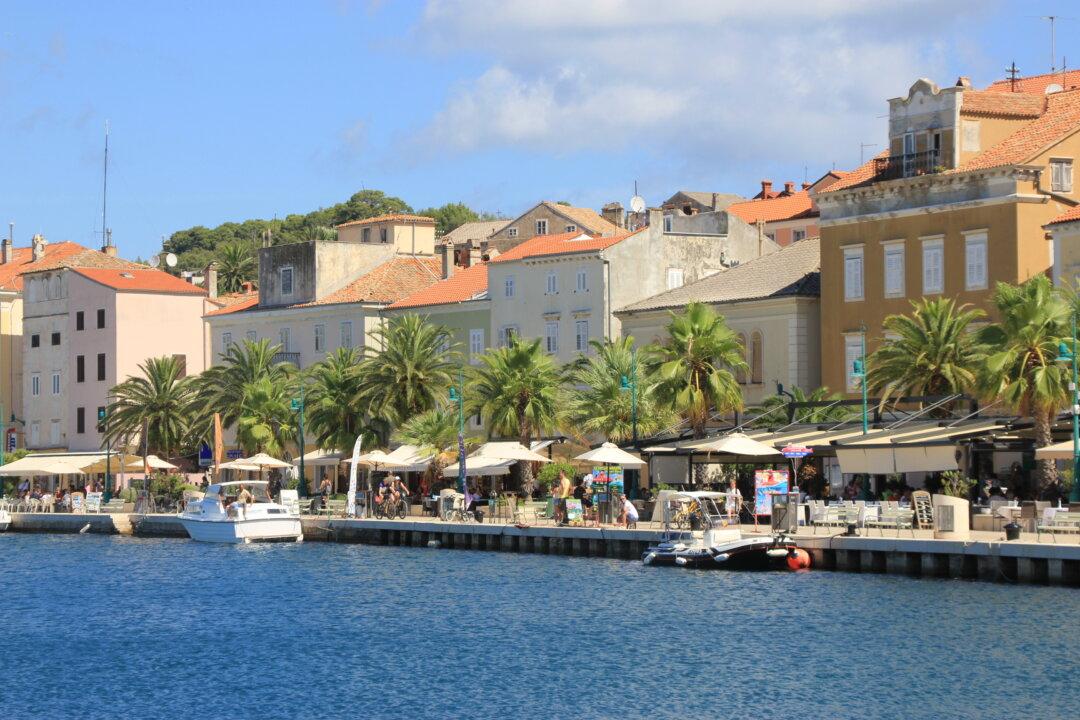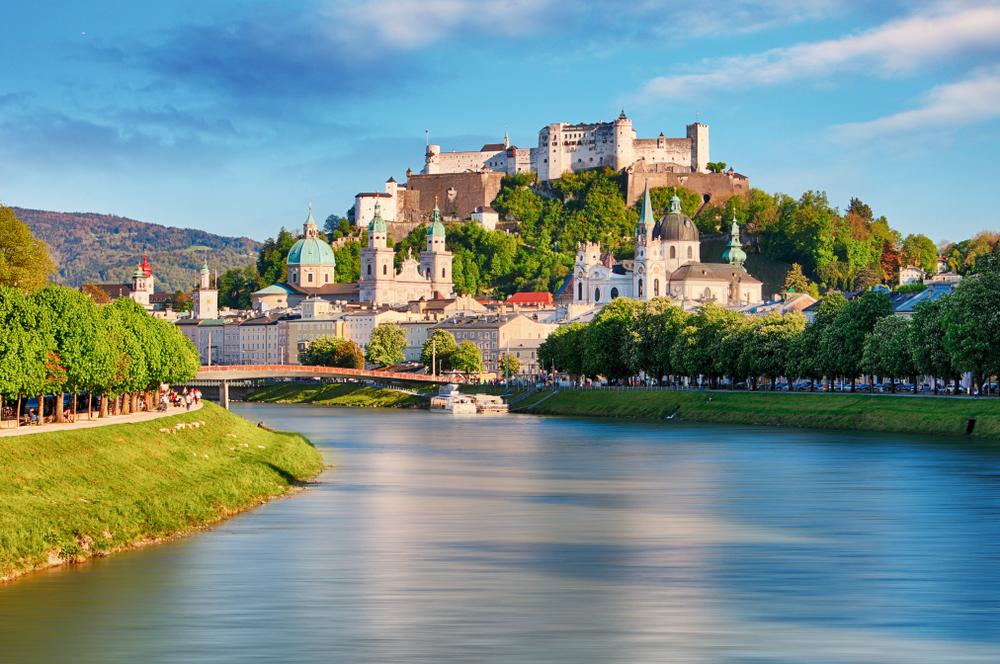On the coast of Cyprus, the Greek goddess of love, Aphrodite, is said to have arisen from the sea foam and gone ashore at Paphos. In all likelihood, it’s because she recognized its unlimited potential—at least that’s my theory.
The third-largest island in the Mediterranean, Cyprus captivates with its historical past, beautiful nature, and culinary diversity. The best time to go is between March and May or September and October, though, because of its moderate climate, any time really is great.





